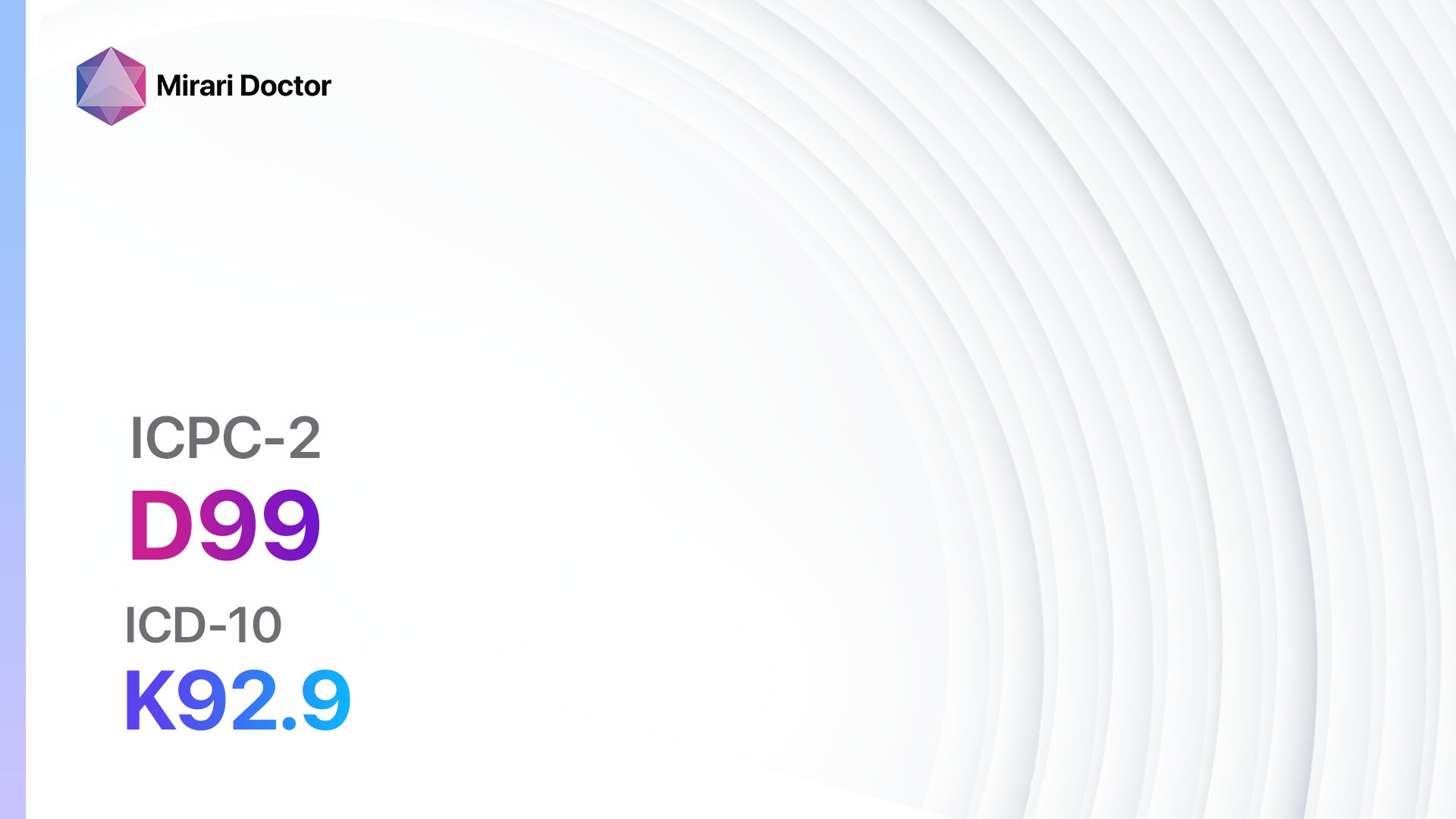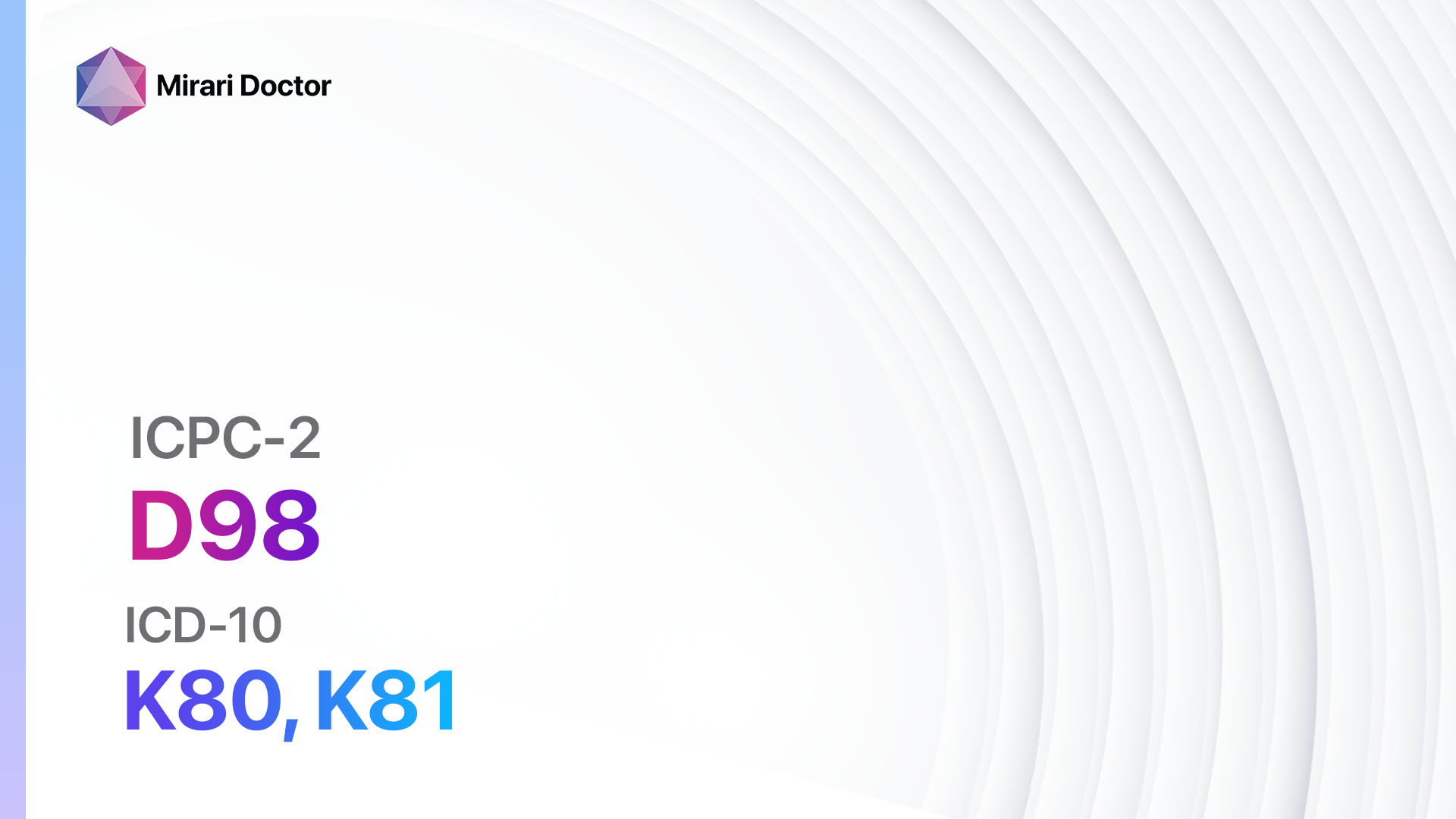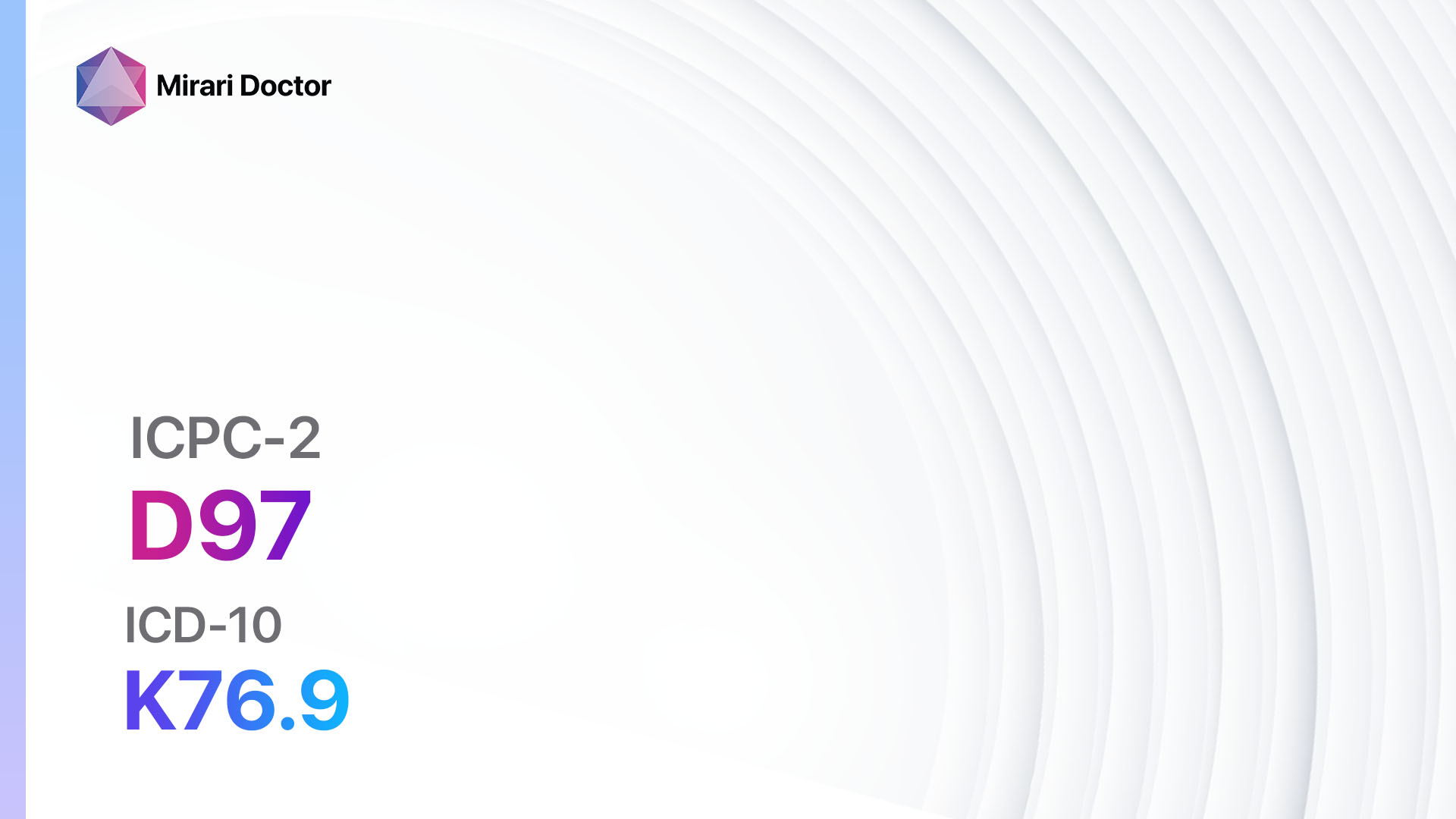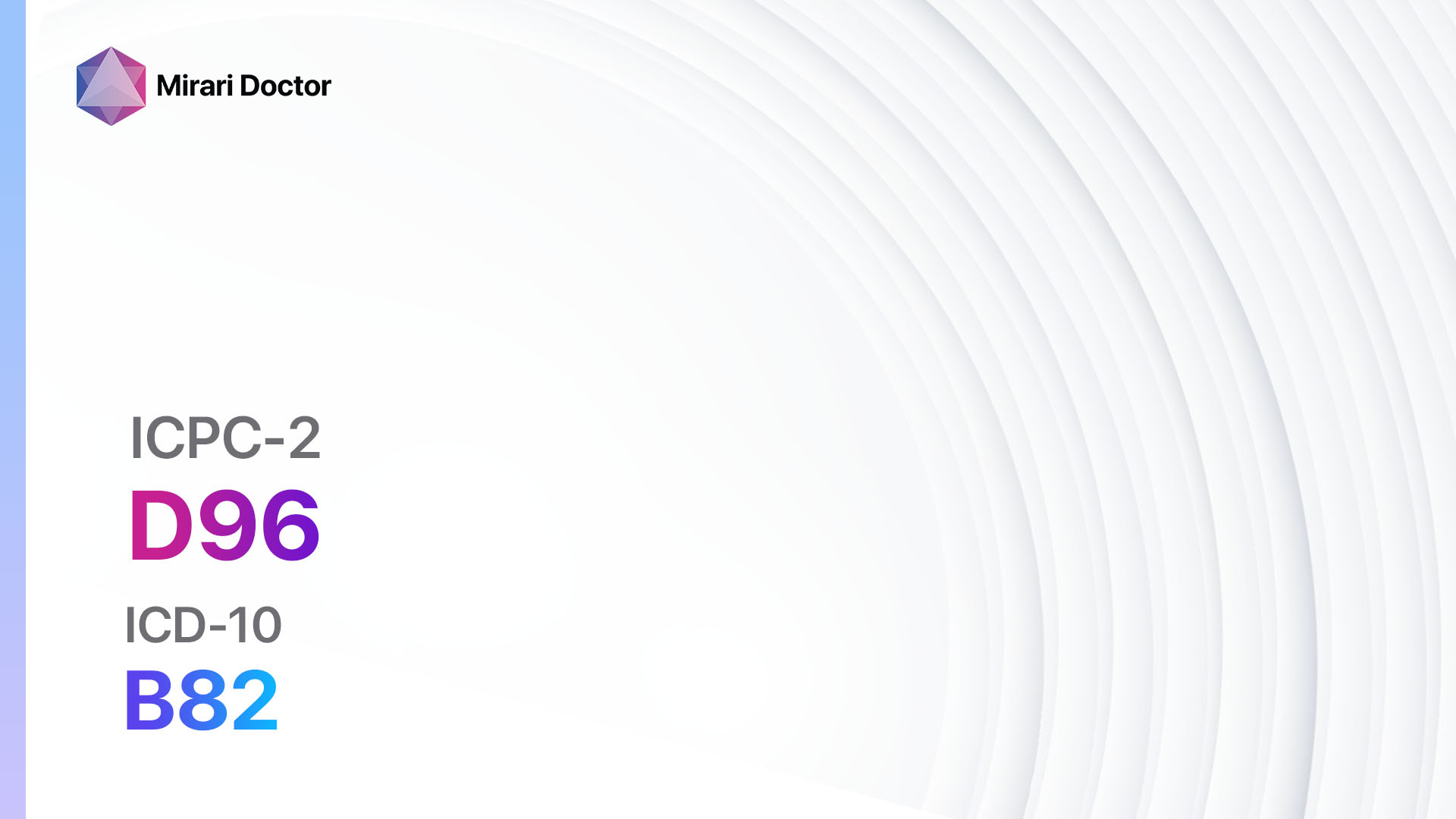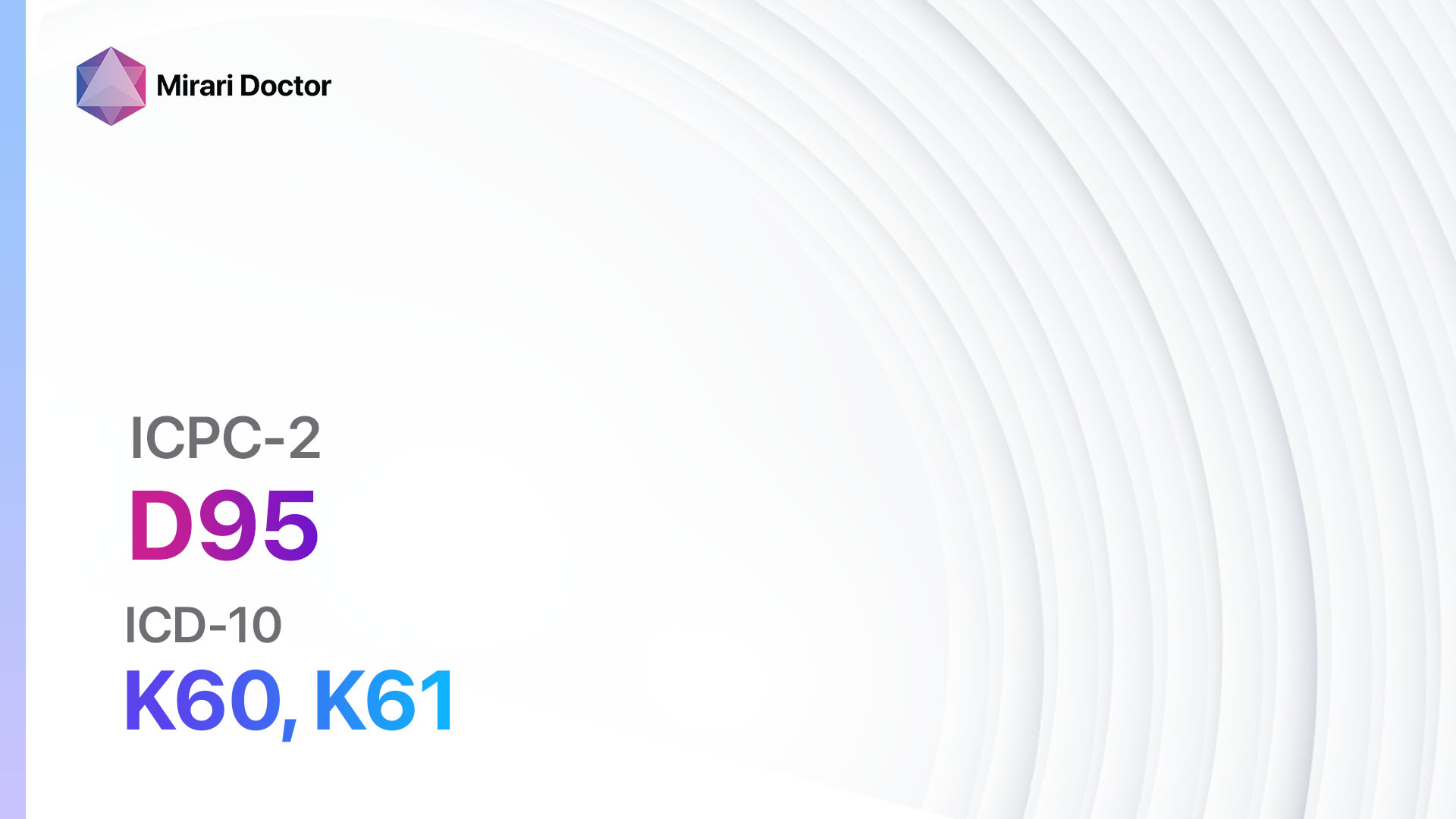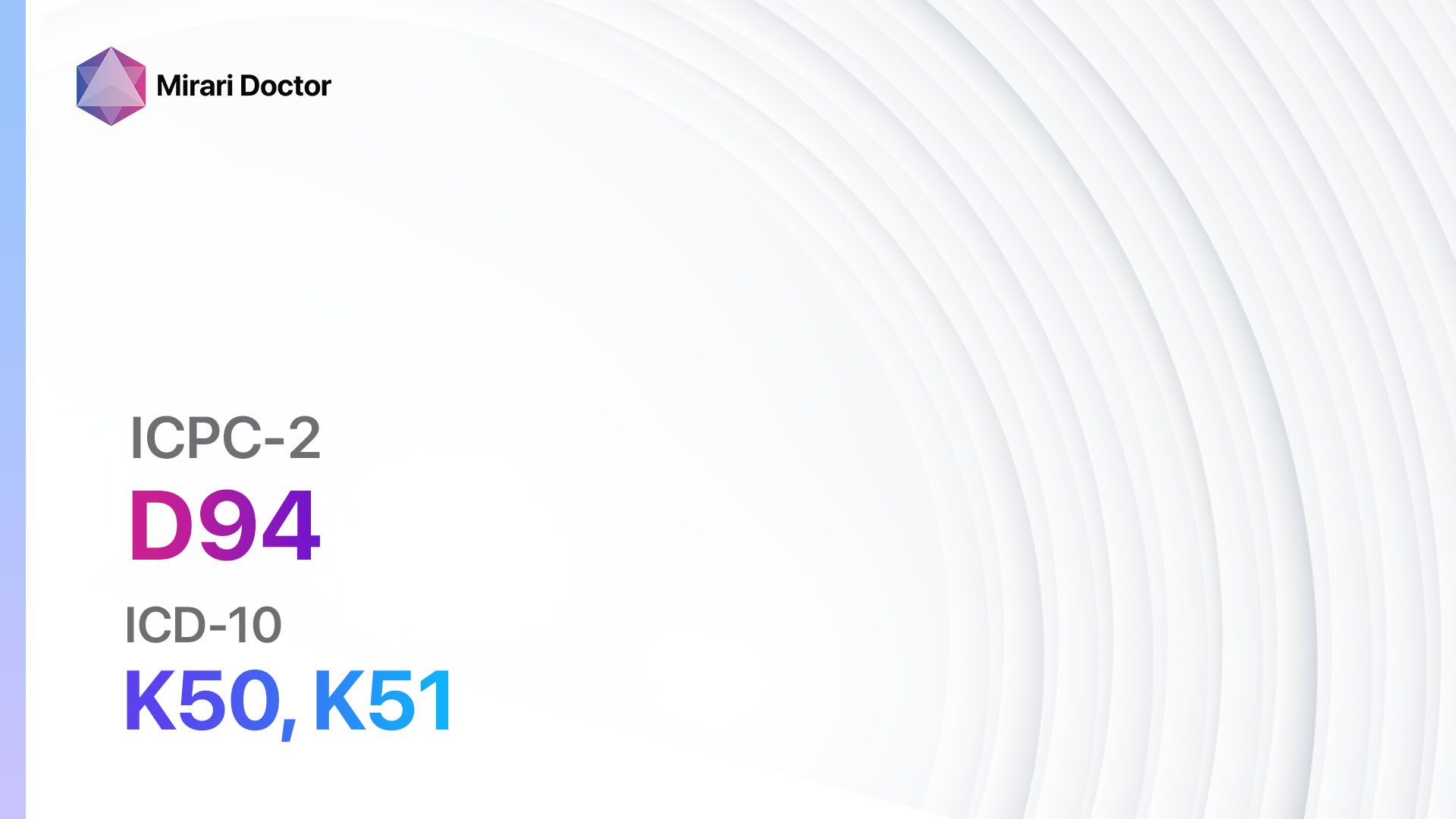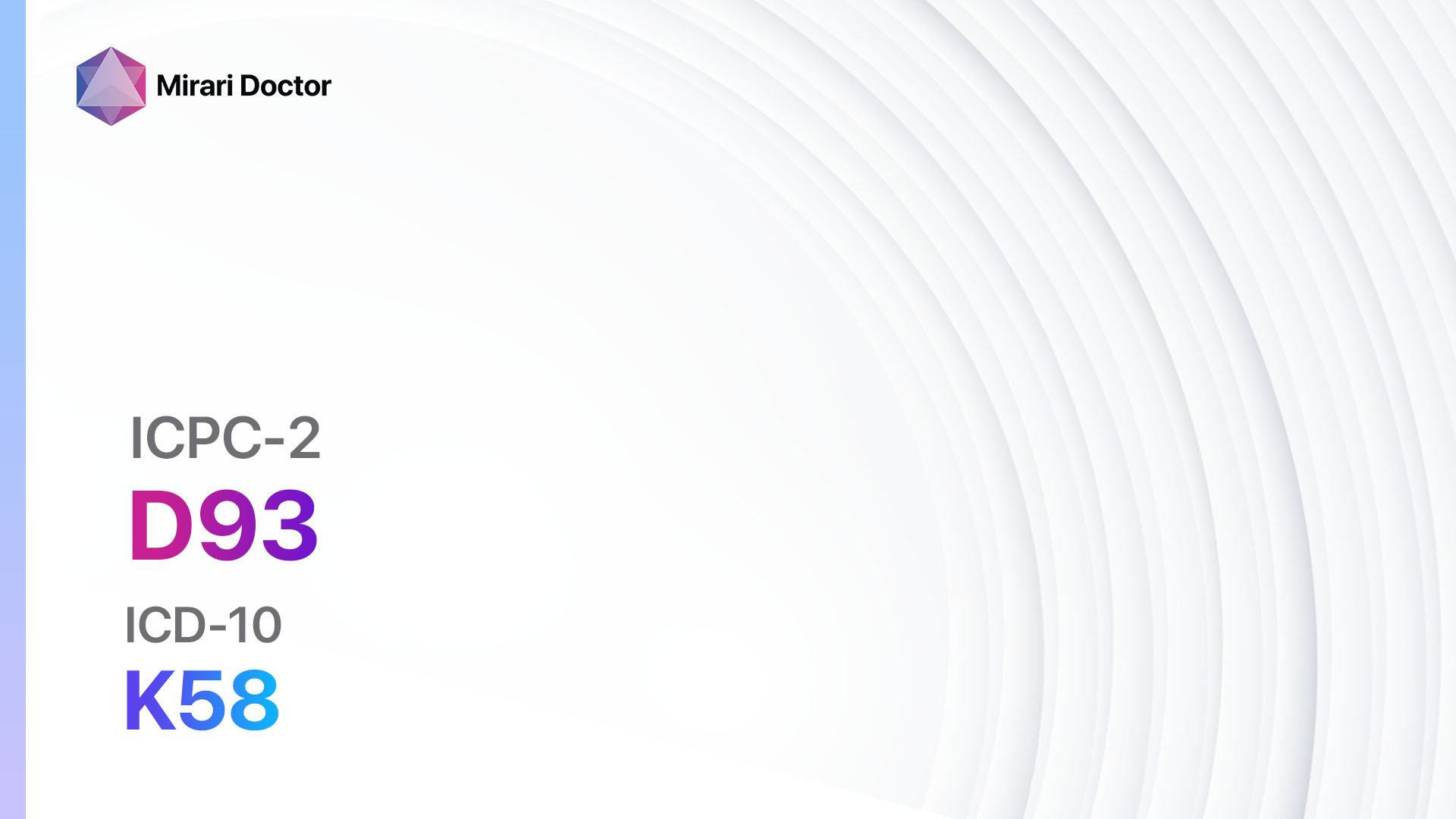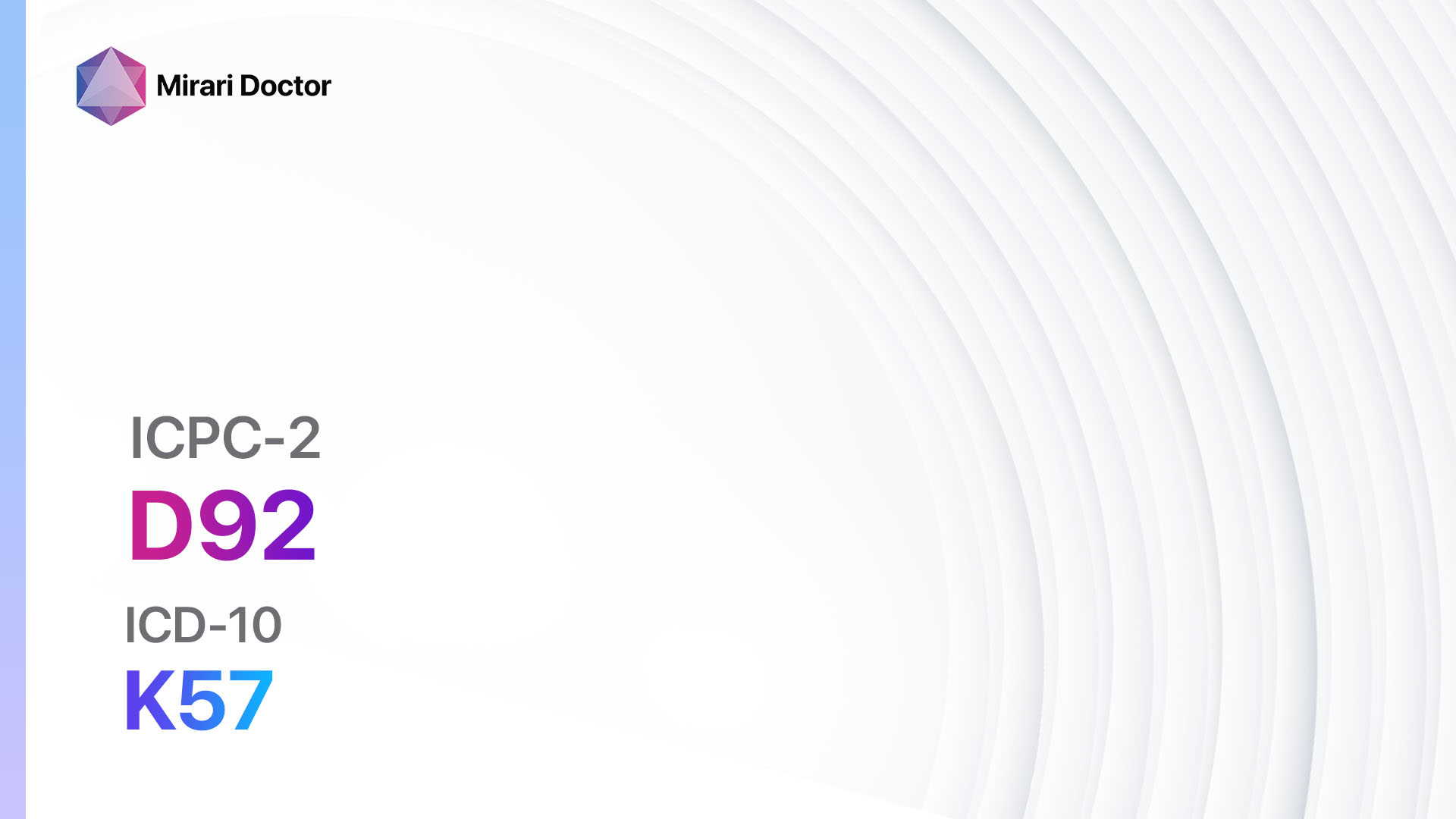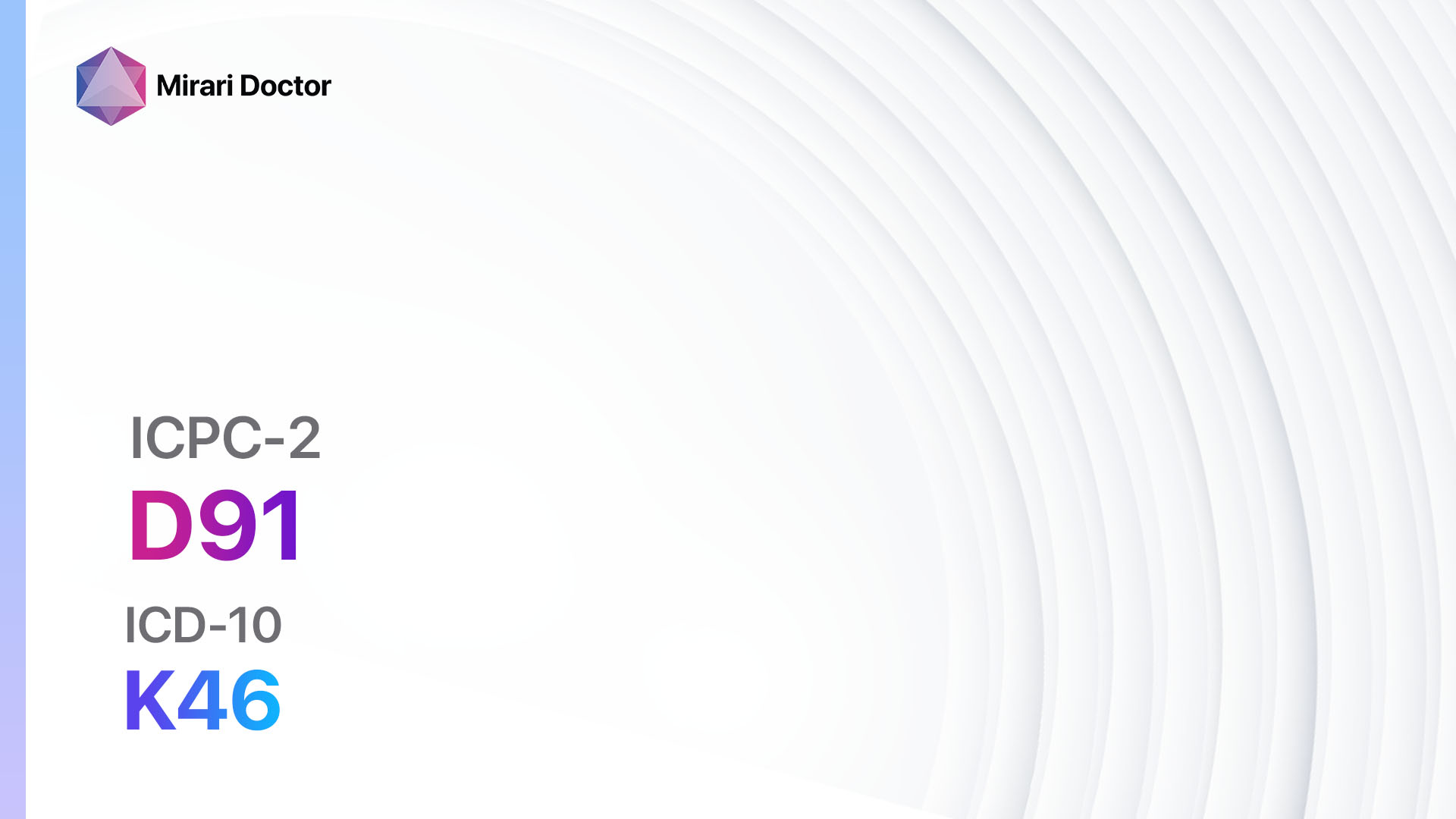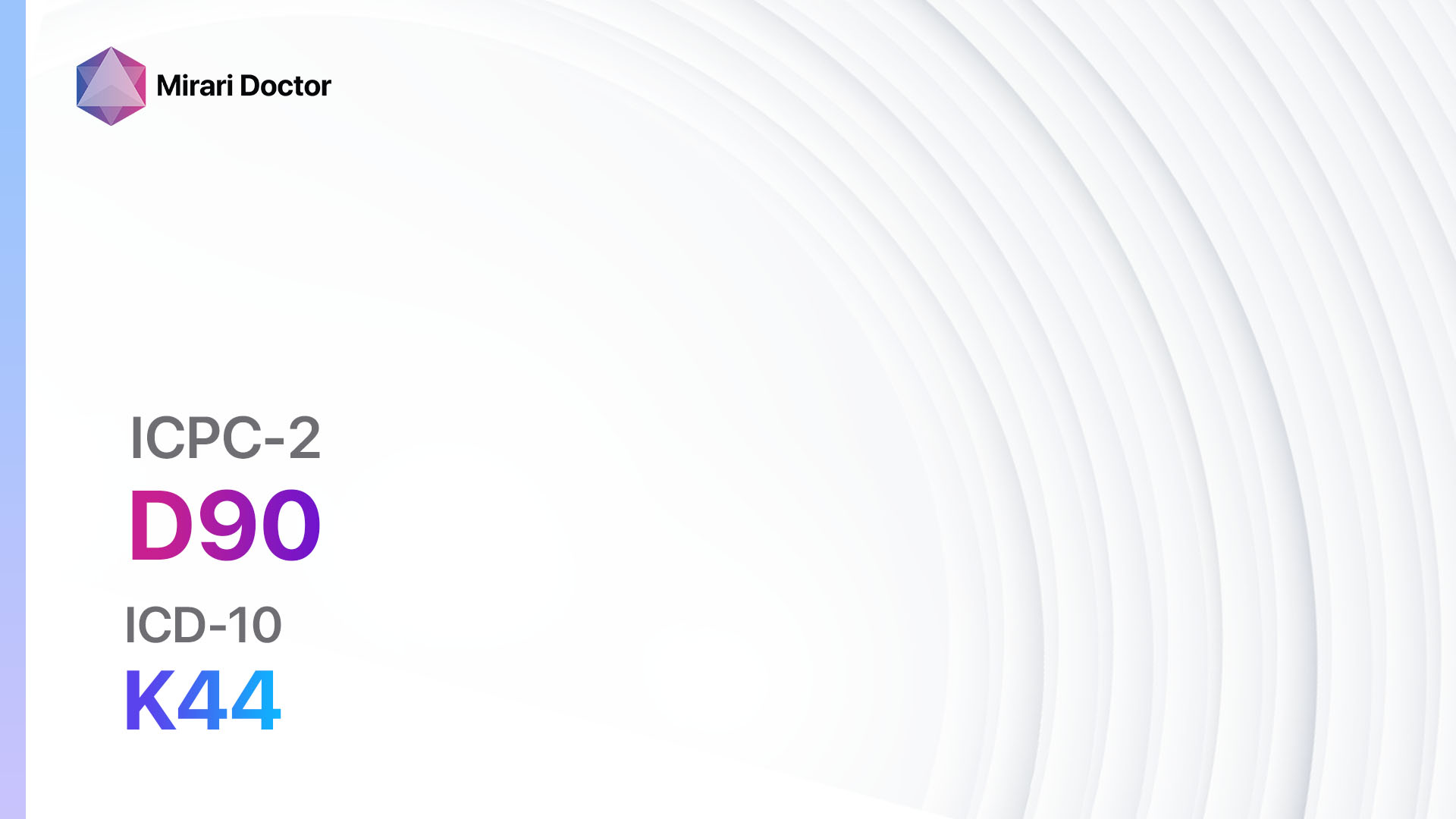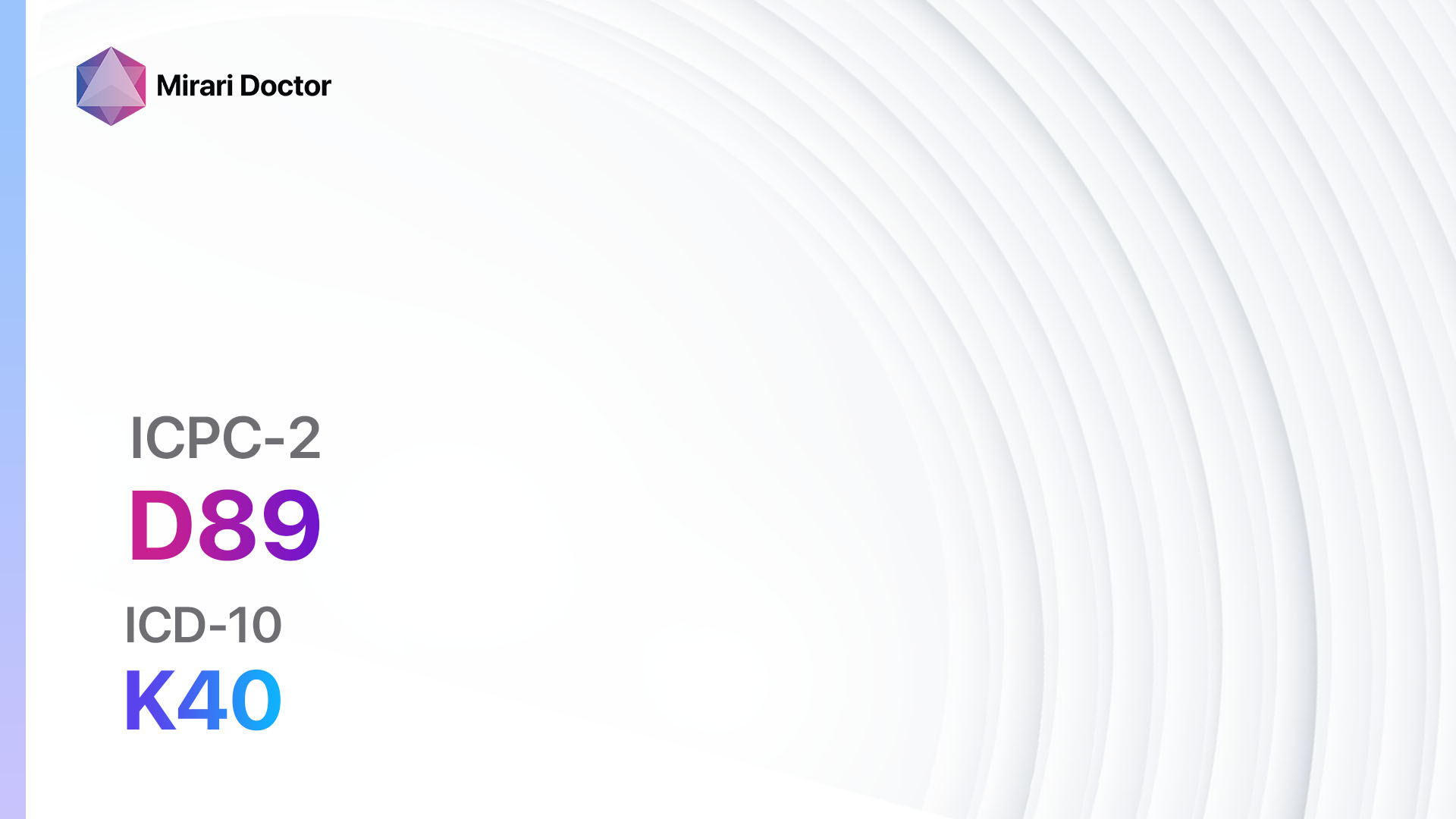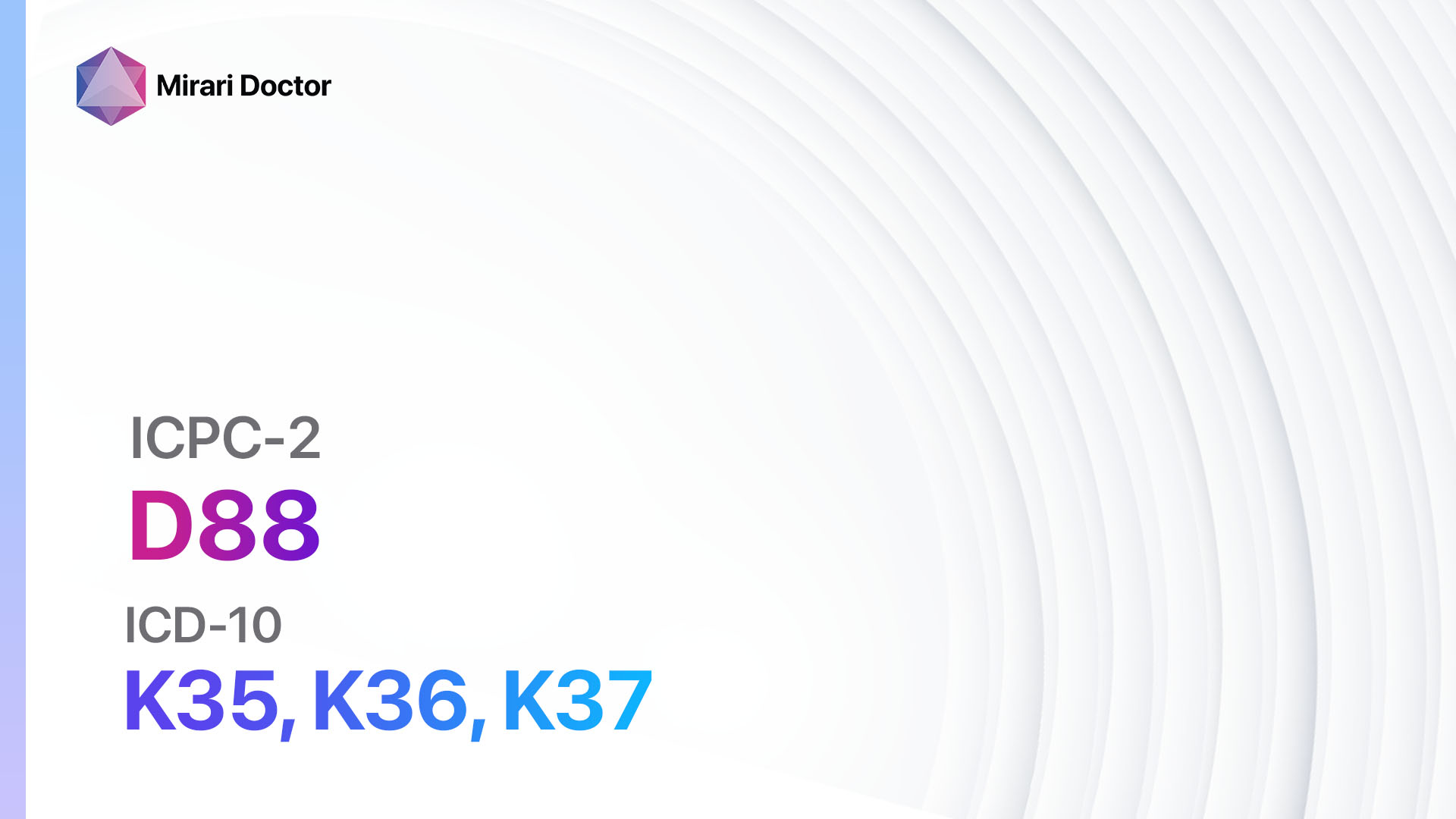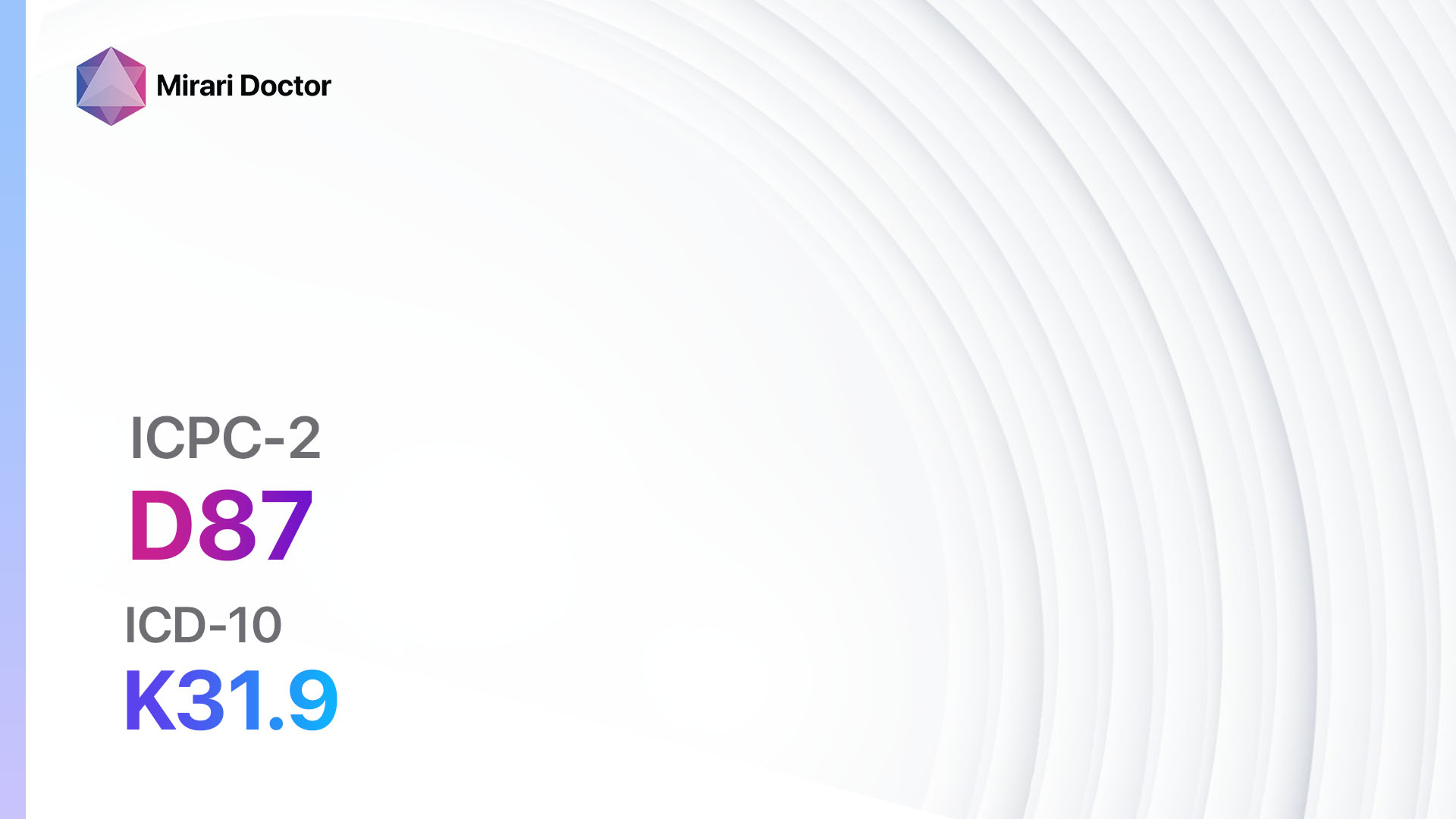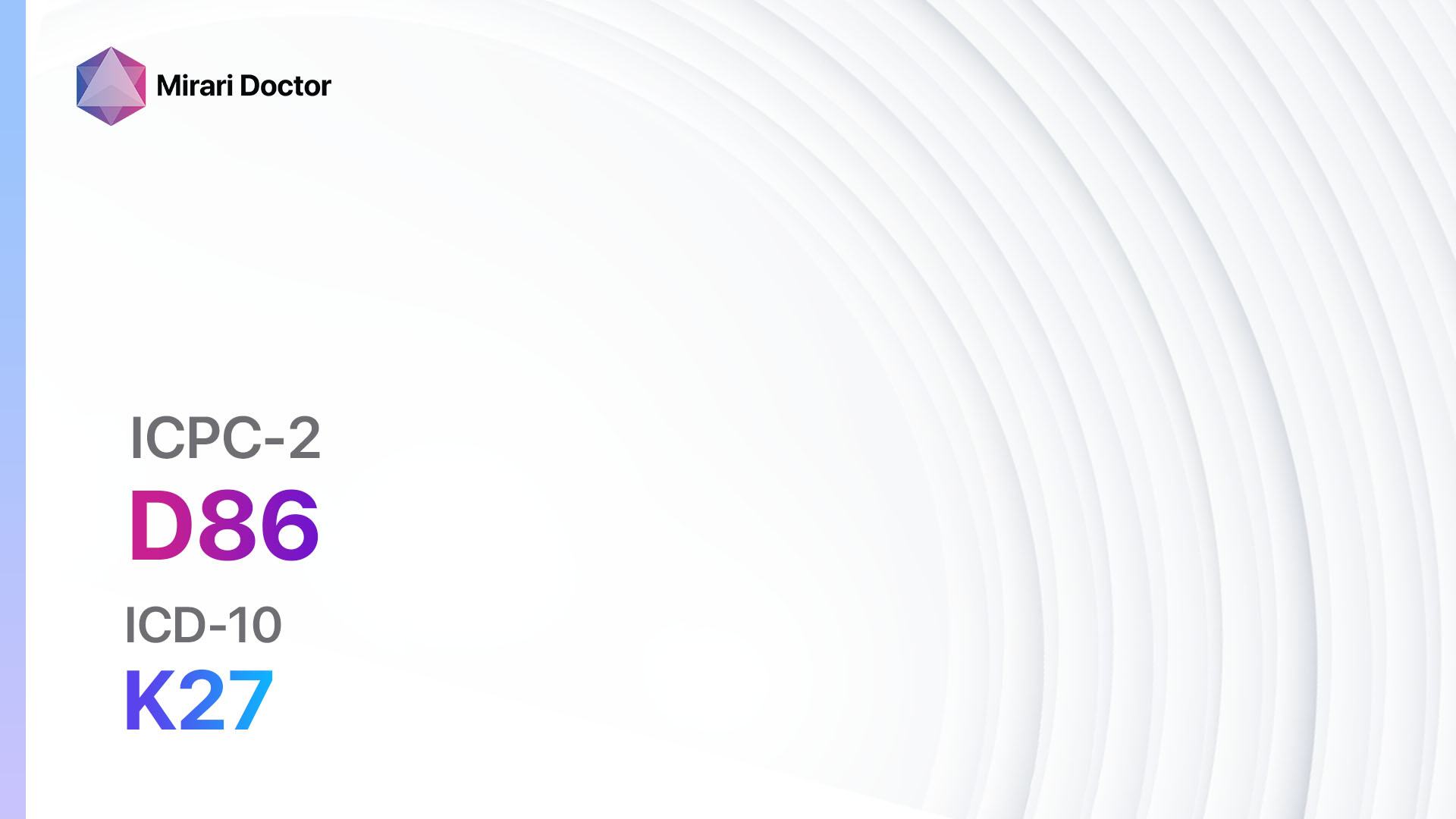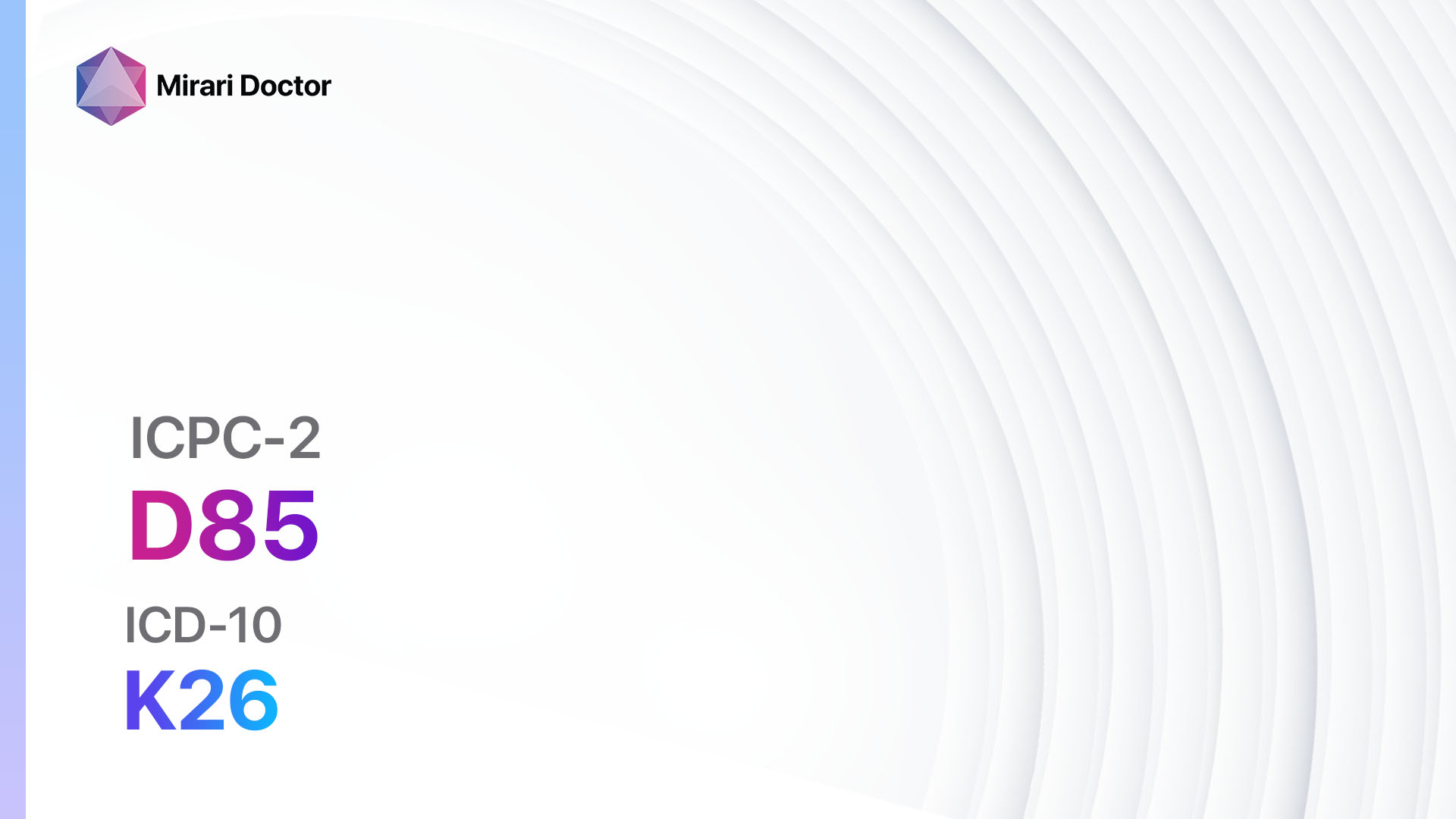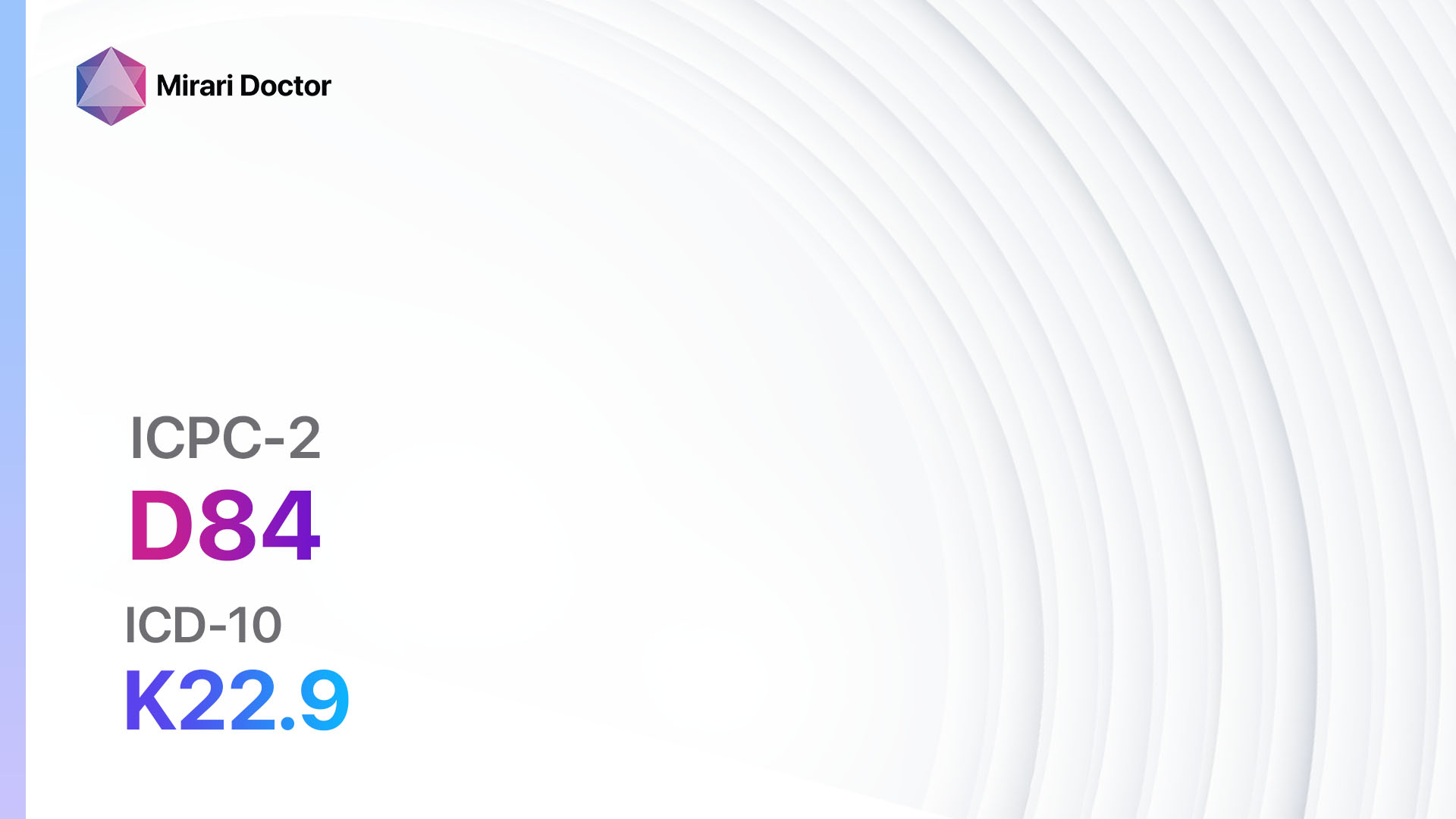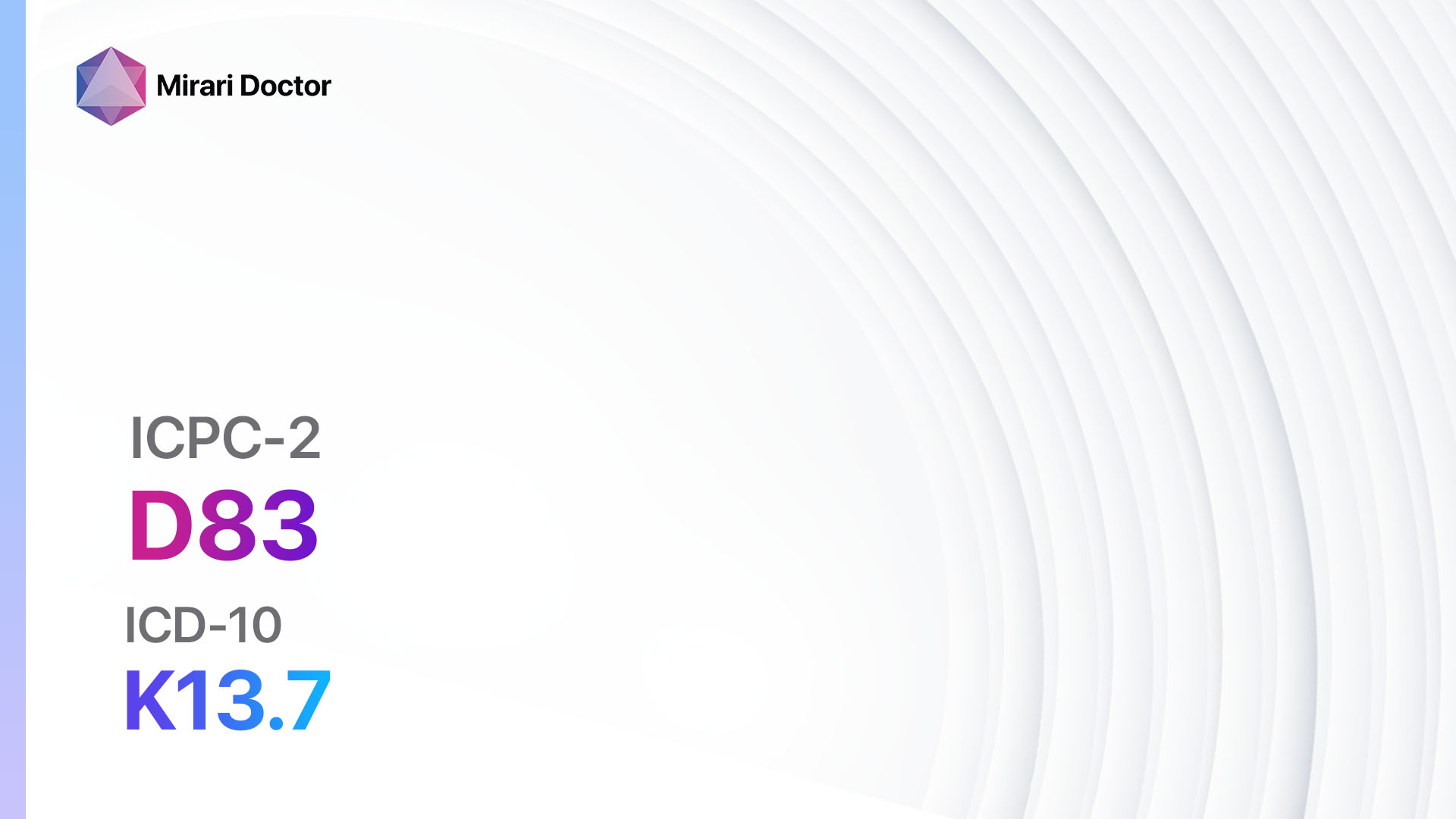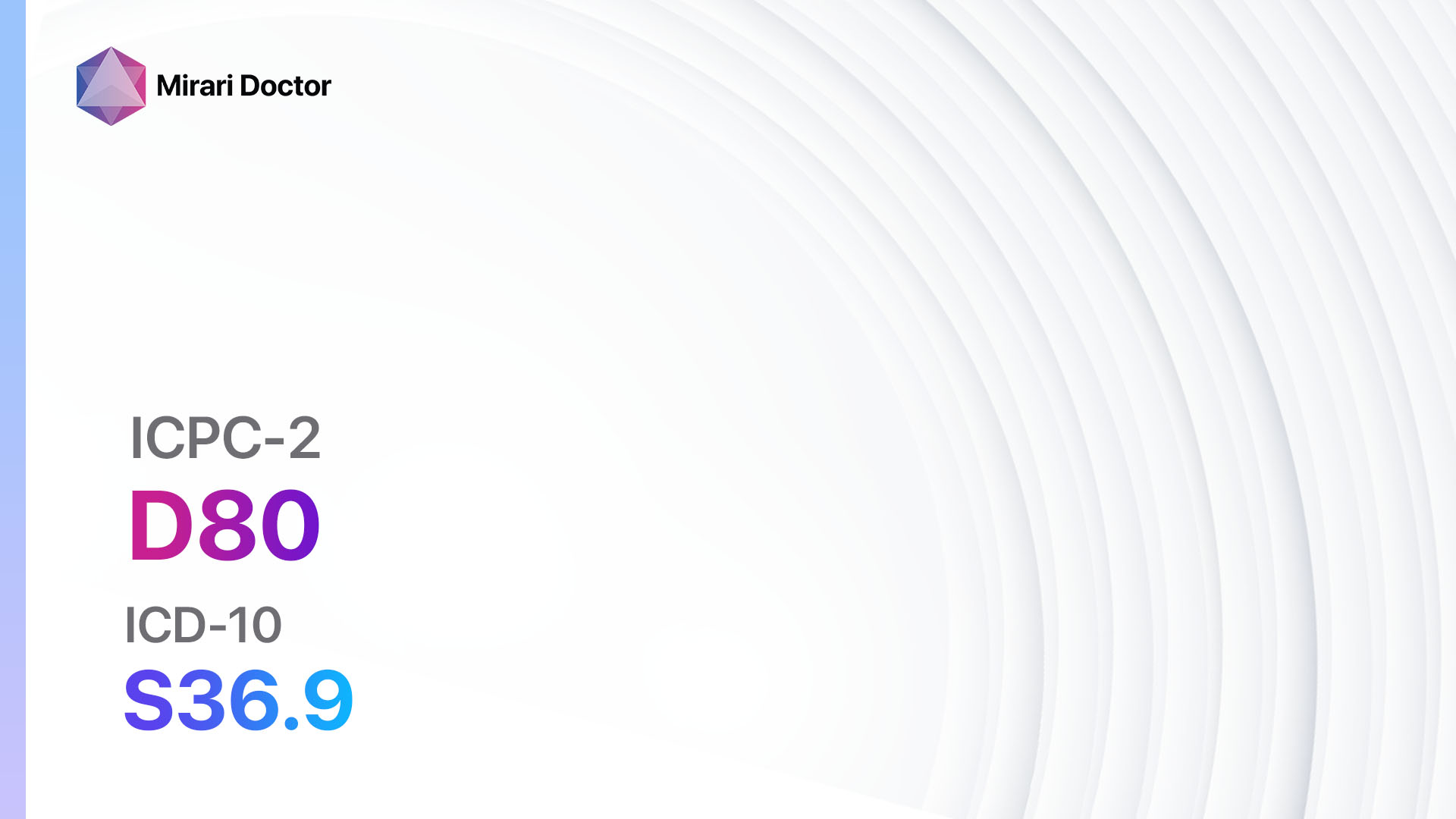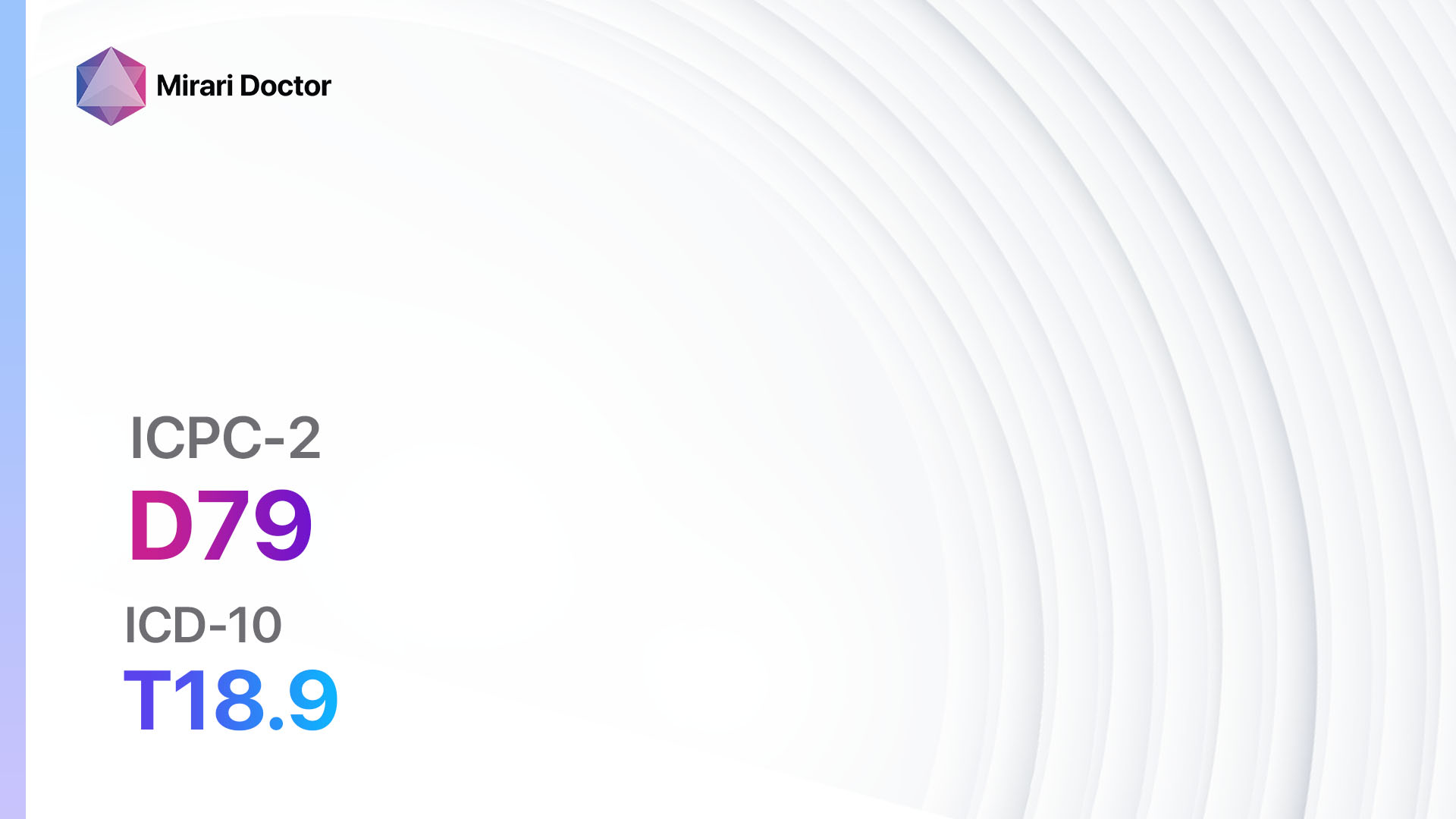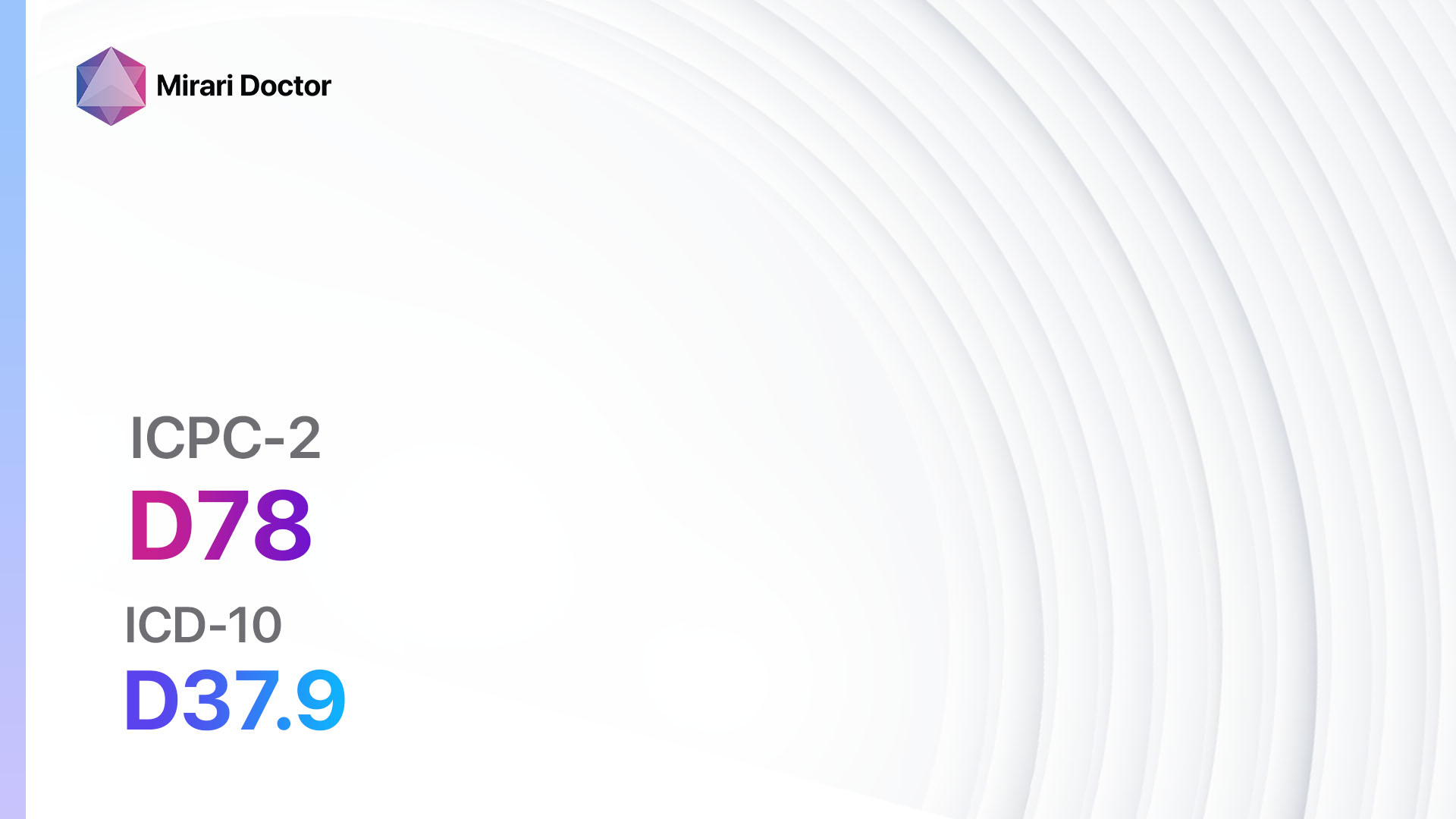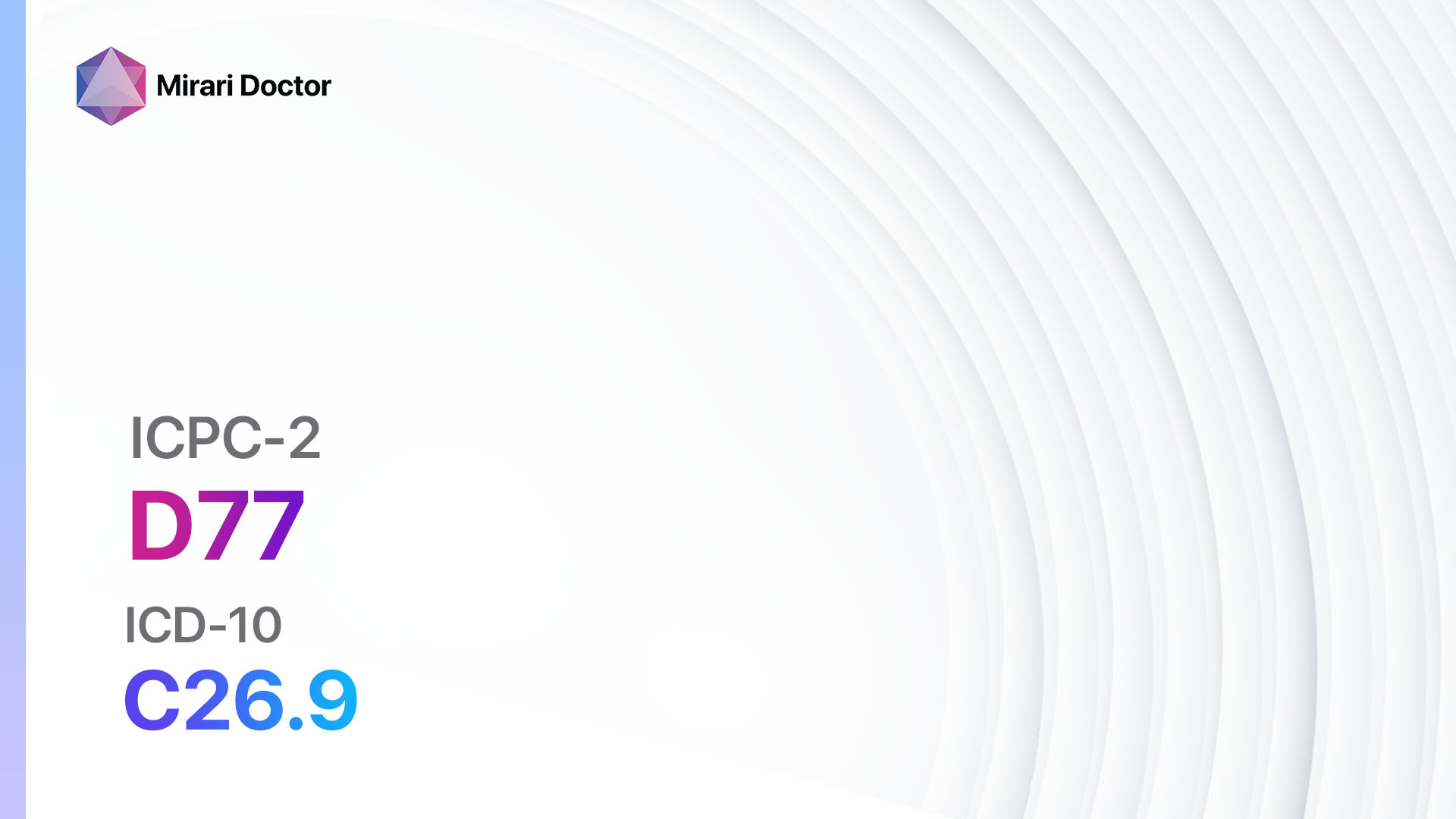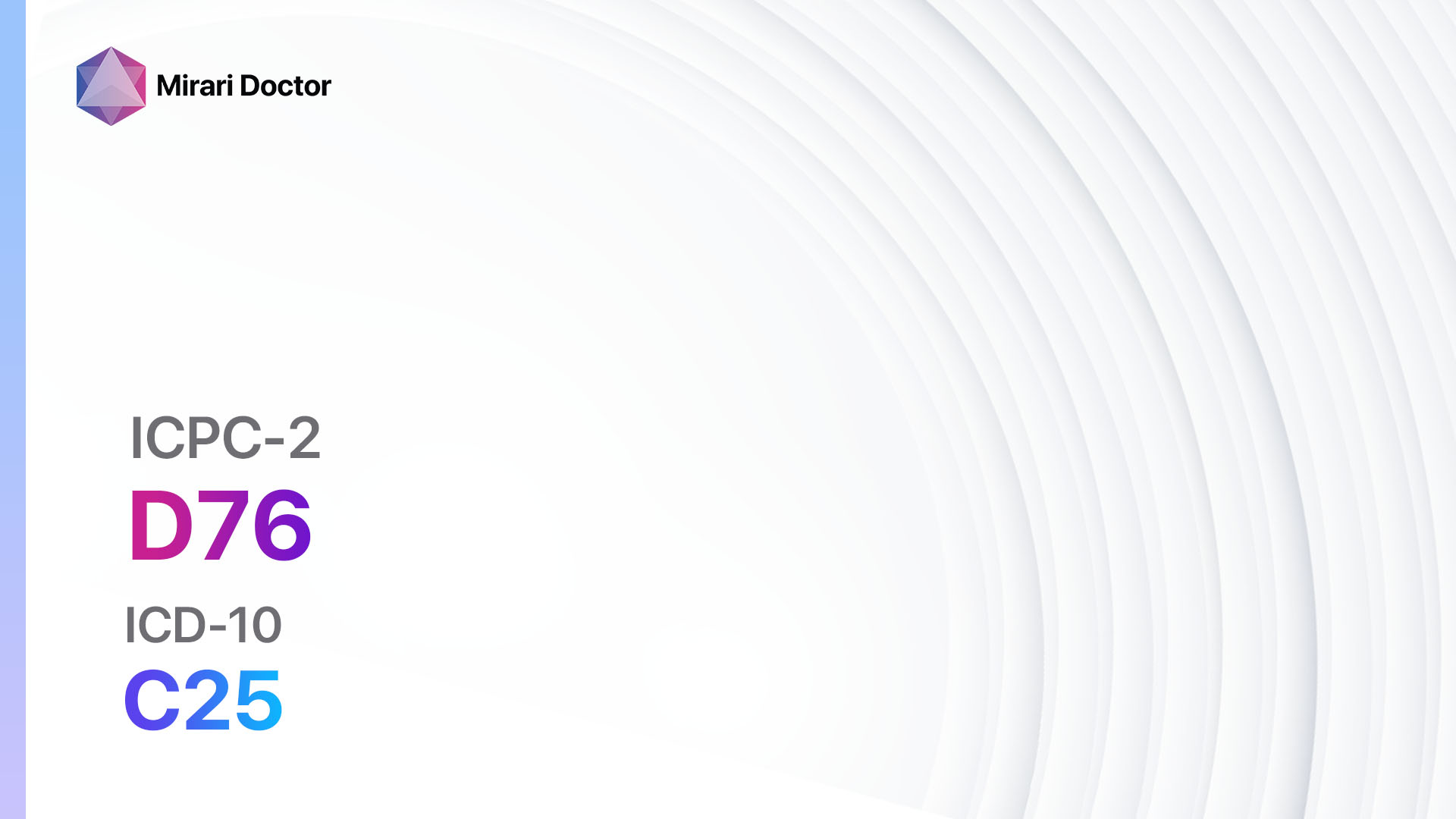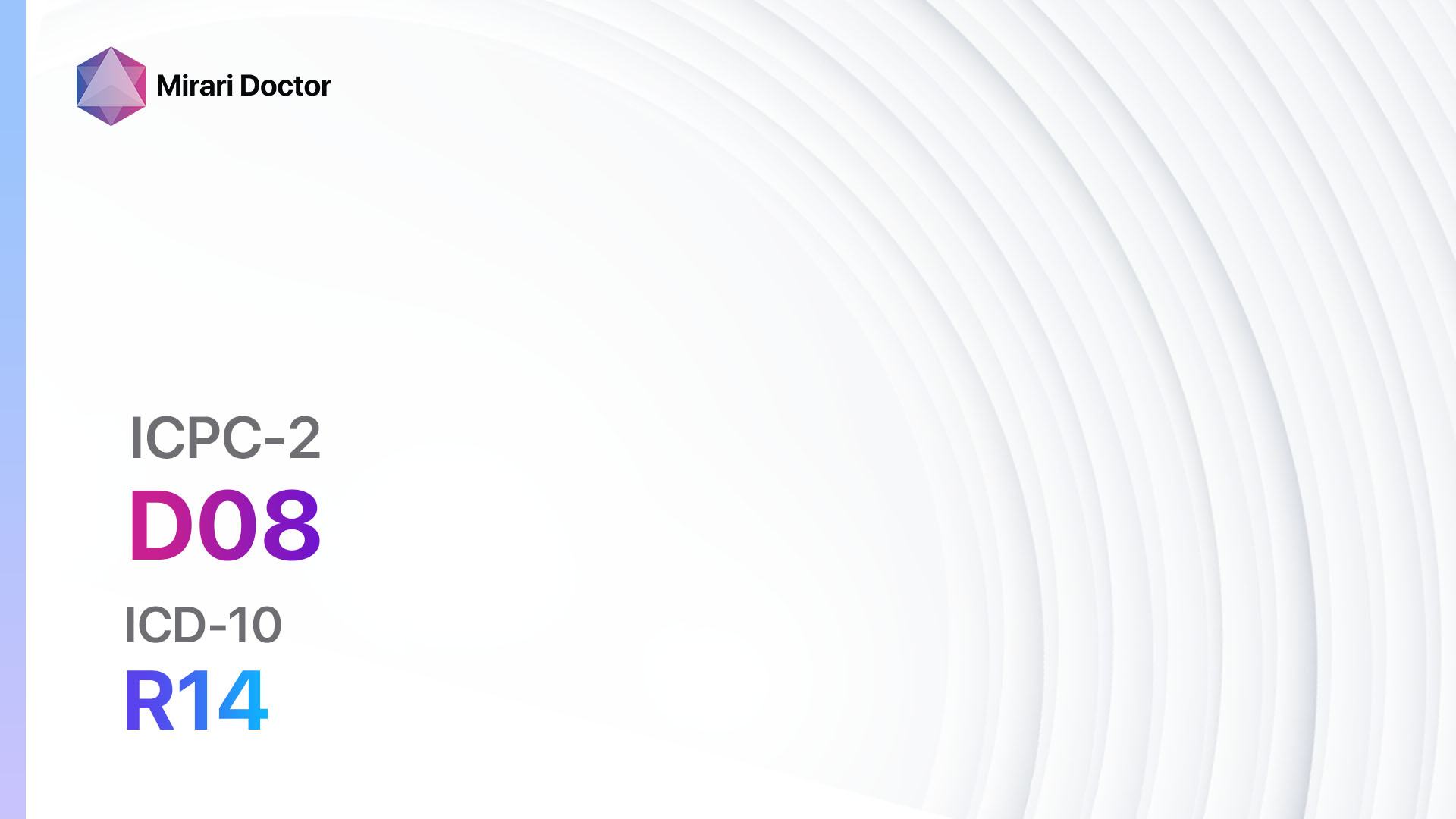
Introduction
Flatulence, gas, and belching are common gastrointestinal symptoms that can be caused by various factors. While occasional gas and belching are normal, excessive or persistent symptoms may indicate an underlying condition. This guide aims to provide an overview of the symptoms, causes, diagnostic steps, possible interventions, and lifestyle changes that can help manage flatulence, gas, and belching.
Codes
Symptoms
- Excessive gas production[3]
- Frequent belching[4]
- Abdominal bloating and discomfort[5]
- Flatulence (passing gas)[6]
- Abdominal pain or cramps[7]
Causes
- Swallowing air while eating or drinking[8]
- Consuming gas-producing foods and beverages (e.g., beans, carbonated drinks)[9]
- Digestive disorders (e.g., lactose intolerance, celiac disease)[10]
- Irritable bowel syndrome (IBS)
- Gastrointestinal infections
- Medications (e.g., antibiotics, laxatives)
- Stress and anxiety
Diagnostic Steps
Medical History
- Gather information about the patient’s symptoms, including frequency, duration, and severity.
- Identify any potential triggers or patterns related to diet, stress, or medication use.
- Assess the patient’s medical history, including any previous gastrointestinal conditions or surgeries.
- Inquire about the presence of other symptoms, such as diarrhea, constipation, or weight loss.
Physical Examination
- Perform a comprehensive abdominal examination to assess for tenderness, distension, or abnormal bowel sounds.
- Check for signs of malnutrition or weight loss.
- Evaluate the patient’s overall health and look for any signs of systemic illness.
Laboratory Tests
- Stool analysis: To rule out infections or malabsorption disorders.
- Breath test: To diagnose lactose intolerance or small intestinal bacterial overgrowth (SIBO).
- Blood tests: To assess for underlying conditions such as celiac disease or inflammatory bowel disease.
Diagnostic Imaging
- Abdominal X-ray: To evaluate the presence of gas in the intestines and rule out any obstructions.
- Abdominal ultrasound: To assess the structure and function of the abdominal organs.
- CT scan or MRI: To visualize the gastrointestinal tract and identify any abnormalities.
Other Tests
- Esophagogastroduodenoscopy (EGD): A procedure to examine the upper gastrointestinal tract using a flexible tube with a camera.
- Colonoscopy: A procedure to examine the colon and rectum for any abnormalities or inflammation.
- Hydrogen breath test: To diagnose carbohydrate malabsorption or bacterial overgrowth.
Follow-up and Patient Education
- Schedule a follow-up appointment to review test results and discuss further management options.
- Provide patient education on dietary modifications, stress management techniques, and lifestyle changes that can help alleviate symptoms.
- Encourage the patient to keep a symptom diary to track triggers and patterns.
Possible Interventions
Traditional Interventions
Medications:
Top 5 drugs for Flatulence/Gas/Belching:
- Simethicone:
- Cost: Over-the-counter (OTC) products range from $5-$15.
- Contraindications: None reported.
- Side effects: None reported.
- Severe side effects: None reported.
- Drug interactions: None reported.
- Warning: None reported.
- Activated charcoal:
- Cost: OTC products range from $5-$20.
- Contraindications: Intestinal obstruction, recent gastrointestinal surgery.
- Side effects: Black stools, constipation.
- Severe side effects: None reported.
- Drug interactions: May interfere with the absorption of other medications.
- Warning: None reported.
- Probiotics:
- Cost: OTC products range from $10-$30.
- Contraindications: None reported.
- Side effects: Mild gastrointestinal symptoms (e.g., bloating, diarrhea).
- Severe side effects: None reported.
- Drug interactions: None reported.
- Warning: None reported.
- Digestive enzymes:
- Cost: OTC products range from $10-$30.
- Contraindications: None reported.
- Side effects: None reported.
- Severe side effects: None reported.
- Drug interactions: None reported.
- Warning: None reported.
- Antispasmodics (e.g., Dicyclomine):
- Cost: Generic versions can be $10-$30.
- Contraindications: Glaucoma, urinary retention, bowel obstruction.
- Side effects: Dry mouth, blurred vision, constipation.
- Severe side effects: None reported.
- Drug interactions: Other anticholinergic medications.
- Warning: May cause drowsiness or dizziness.
Alternative Drugs:
- Peppermint oil: May help relax the muscles of the gastrointestinal tract. Cost: OTC products range from $10-$20.
- Ginger: Known for its anti-inflammatory properties and may help reduce gas and bloating. Cost: OTC products range from $5-$15.
- Activated charcoal and simethicone combination: Provides dual action for gas relief. Cost: OTC products range from $5-$20.
Surgical Procedures:
In general, surgical interventions are not commonly performed for flatulence, gas, and belching. However, in rare cases where an underlying condition requires surgical management, the following procedures may be considered:
- Laparoscopic fundoplication: A surgical procedure to treat gastroesophageal reflux disease (GERD) that can cause excessive belching. Cost: $10,000 to $30,000.
- Gastric bypass surgery: A weight loss surgery that may alleviate symptoms of flatulence and gas in individuals with obesity. Cost: $20,000 to $35,000.
Alternative Interventions
- Probiotics: May help restore the balance of gut bacteria and reduce symptoms. Cost: OTC products range from $10-$30.
- Herbal remedies (e.g., fennel, chamomile): Known for their carminative properties and may help reduce gas and bloating. Cost: Varies depending on the specific herb and form (e.g., tea, capsules).
- Acupuncture: May help improve digestion and reduce symptoms. Cost: $60-$120 per session.
- Yoga and relaxation techniques: Can help reduce stress and promote healthy digestion. Cost: Varies depending on the location and type of classes.
Lifestyle Interventions
- Dietary modifications: Avoiding gas-producing foods (e.g., beans, cabbage, onions), eating smaller meals, and chewing food thoroughly can help reduce symptoms. Cost: Varies depending on individual food choices.
- Regular exercise: Physical activity can help stimulate digestion and reduce symptoms. Cost: Varies depending on the type of exercise (e.g., gym membership, home workout equipment).
- Stress management: Techniques such as deep breathing, meditation, and yoga can help reduce stress-related symptoms. Cost: Varies depending on the specific technique (e.g., free resources, paid classes).
It is important to note that the cost ranges provided are approximate and may vary depending on the location and availability of the interventions. It is recommended to consult with a healthcare professional for personalized recommendations and to discuss any potential risks or contraindications.
Mirari Cold Plasma Alternative Intervention
Understanding Mirari Cold Plasma
- Safe and Non-Invasive Treatment: Mirari Cold Plasma is a safe and non-invasive treatment option for various skin conditions. It does not require incisions, minimizing the risk of scarring, bleeding, or tissue damage.
- Efficient Extraction of Foreign Bodies: Mirari Cold Plasma facilitates the removal of foreign bodies from the skin by degrading and dissociating organic matter, allowing easier access and extraction.
- Pain Reduction and Comfort: Mirari Cold Plasma has a local analgesic effect, providing pain relief during the treatment, making it more comfortable for the patient.
- Reduced Risk of Infection: Mirari Cold Plasma has antimicrobial properties, effectively killing bacteria and reducing the risk of infection.
- Accelerated Healing and Minimal Scarring: Mirari Cold Plasma stimulates wound healing and tissue regeneration, reducing healing time and minimizing the formation of scars.
Mirari Cold Plasma Prescription
Video instructions for using Mirari Cold Plasma Device – D08 Flatulence/gas/belching (ICD-10:R14)
| Mild | Moderate | Severe |
| Mode setting: 1 (Infection) Location: 3 (Kidney, Liver & Spleen) Morning: 15 minutes, Evening: 15 minutes | Mode setting: 1 (Infection) Location: 3 (Kidney, Liver & Spleen) Morning: 30 minutes, Lunch: 30 minutes, Evening: 30 minutes | Mode setting: 1 (Infection) Location: 3 (Kidney, Liver & Spleen) Morning: 30 minutes, Lunch: 30 minutes, Evening: 30 minutes |
| Mode setting: 2 (Wound Healing) Location: 1 (Sacrum) Morning: 15 minutes, Evening: 15 minutes | Mode setting: 2 (Wound Healing) Location: 1 (Sacrum) Morning: 30 minutes, Lunch: 30 minutes, Evening: 30 minutes | Mode setting: 2 (Wound Healing) Location: 1 (Sacrum) Morning: 30 minutes, Lunch: 30 minutes, Evening: 30 minutes |
| Mode setting: 7 (Immunotherapy) Location: 4 (Heart, Bile & Pancreas) Morning: 15 minutes, Evening: 15 minutes | Mode setting: 7 (Immunotherapy) Location: 4 (Heart, Bile & Pancreas) Morning: 30 minutes, Lunch: 30 minutes, Evening: 30 minutes | Mode setting: 7 (Immunotherapy) Location: 4 (Heart, Bile & Pancreas) Morning: 30 minutes, Lunch: 30 minutes, Evening: 30 minutes |
| Total Morning:45minutesapprox.$7.50USD, Evening:45minutesapprox.$7.50USD | Total Morning:90minutesapprox.$15USD, Lunch:90minutesapprox. $15 USD, Evening:90minutesapprox. $15 USD, | Total Morning:90minutesapprox.$15USD, Lunch:90minutesapprox. $15 USD, Evening:90minutesapprox. $15 USD, |
| Usualtreatmentfor7-60daysapprox.$105USD–$900USD | Usualtreatmentfor6-8weeksapprox.$1,890USD–$2,520USD | Usualtreatmentfor3-6monthsapprox.$4,050USD–$8,100USD |
 |
|
Use the Mirari Cold Plasma device to treat Flatulence/gas/belching effectively.
WARNING: MIRARI COLD PLASMA IS DESIGNED FOR THE HUMAN BODY WITHOUT ANY ARTIFICIAL OR THIRD PARTY PRODUCTS. USE OF OTHER PRODUCTS IN COMBINATION WITH MIRARI COLD PLASMA MAY CAUSE UNPREDICTABLE EFFECTS, HARM OR INJURY. PLEASE CONSULT A MEDICAL PROFESSIONAL BEFORE COMBINING ANY OTHER PRODUCTS WITH USE OF MIRARI.
Step 1: Cleanse the Skin
- Start by cleaning the affected area of the skin with a gentle cleanser or mild soap and water. Gently pat the area dry with a clean towel.
Step 2: Prepare the Mirari Cold Plasma device
- Ensure that the Mirari Cold Plasma device is fully charged or has fresh batteries as per the manufacturer’s instructions. Make sure the device is clean and in good working condition.
- Switch on the Mirari device using the power button or by following the specific instructions provided with the device.
- Some Mirari devices may have adjustable settings for intensity or treatment duration. Follow the manufacturer’s instructions to select the appropriate settings based on your needs and the recommended guidelines.
Step 3: Apply the Device
- Place the Mirari device in direct contact with the affected area of the skin. Gently glide or hold the device over the skin surface, ensuring even coverage of the area experiencing.
- Slowly move the Mirari device in a circular motion or follow a specific pattern as indicated in the user manual. This helps ensure thorough treatment coverage.
Step 4: Monitor and Assess:
- Keep track of your progress and evaluate the effectiveness of the Mirari device in managing your Flatulence/gas/belching. If you have any concerns or notice any adverse reactions, consult with your health care professional.
Note
This guide is for informational purposes only and should not replace the advice of a medical professional. Always consult with your healthcare provider or a qualified medical professional for personal advice, diagnosis, or treatment. Do not solely rely on the information presented here for decisions about your health. Use of this information is at your own risk. The authors of this guide, nor any associated entities or platforms, are not responsible for any potential adverse effects or outcomes based on the content.
Mirari Cold Plasma System Disclaimer
- Purpose: The Mirari Cold Plasma System is a Class 2 medical device designed for use by trained healthcare professionals. It is registered for use in Thailand and Vietnam. It is not intended for use outside of these locations.
- Informational Use: The content and information provided with the device are for educational and informational purposes only. They are not a substitute for professional medical advice or care.
- Variable Outcomes: While the device is approved for specific uses, individual outcomes can differ. We do not assert or guarantee specific medical outcomes.
- Consultation: Prior to utilizing the device or making decisions based on its content, it is essential to consult with a Certified Mirari Tele-Therapist and your medical healthcare provider regarding specific protocols.
- Liability: By using this device, users are acknowledging and accepting all potential risks. Neither the manufacturer nor the distributor will be held accountable for any adverse reactions, injuries, or damages stemming from its use.
- Geographical Availability: This device has received approval for designated purposes by the Thai and Vietnam FDA. As of now, outside of Thailand and Vietnam, the Mirari Cold Plasma System is not available for purchase or use.
References
- The World Organization of Family Doctors’ (WONCA) International Classification Committee (WICC). (2015). International Classification of Primary Care. Retrieved from//www.globalfamilydoctor.com/site/DefaultSite/filesystem/documents/Groups/WICC/International%20Classification%20of%20Primary%20Care%20Dec16.pdf
- World Health Organization. (2019). ICD-10 Version:2019. Retrieved from//icd.who.int/browse10/2019/en#/R14
- Lacy, B. E., Gabbard, S. L., & Crowell, M. D. (2011). Pathophysiology, evaluation, and treatment of bloating: hope, hype, or hot air?. Gastroenterology & hepatology, 7(11), 729–739.
- Bredenoord A. J. (2013). Management of belching, hiccups, and aerophagia. Clinical gastroenterology and hepatology : the official clinical practice journal of the American Gastroenterological Association, 11(1), 6–12.//doi.org/10.1016/j.cgh.2012.09.006
- Seo, A. Y., Kim, N., & Oh, D. H. (2013). Abdominal Bloating: Pathophysiology and Treatment. Journal of neurogastroenterology and motility, 19(4), 433–453.//doi.org/10.5056/jnm.2013.19.4.433
- Azpiroz F. (2005). Intestinal gas dynamics: mechanisms and clinical relevance. Gut, 54(7), 893–895.//doi.org/10.1136/gut.2004.048868
- Lembo, A., & Camilleri, M. (2003). Chronic constipation. The New England journal of medicine, 349(14), 1360–1368.//doi.org/10.1056/NEJMra020995
- Bredenoord A. J. (2013). Management of belching, hiccups, and aerophagia. Clinical gastroenterology and hepatology : the official clinical practice journal of the American Gastroenterological Association, 11(1), 6–12.//doi.org/10.1016/j.cgh.2012.09.006
- Winham, D. M., & Hutchins, A. M. (2011). Perceptions of flatulence from bean consumption among adults in 3 feeding studies. Nutrition journal, 10, 128.//doi.org/10.1186/1475-2891-10-128
- Misselwitz, B., Pohl, D., Frühauf, H., Fried, M., Vavricka, S. R., & Fox, M. (2013). Lactose malabsorption and intolerance: pathogenesis, diagnosis and treatment. United European gastroenterology journal, 1(3), 151–159.//doi.org/10.1177/2050640613484463
Related articles
Made in USA


